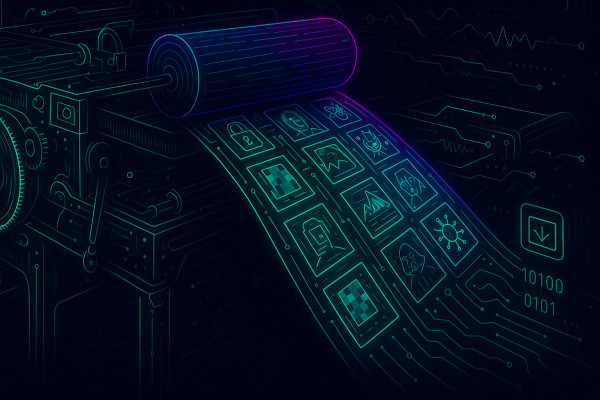Free AI tools for designers
May 9, 2025
AI is revolutionizing the design industry empowering designers with an array of powerful tools to streamline their workflows and enhance…
In today's image-heavy digital landscape, optimizing images for faster load times and better user experience is crucial. Building an automated image optimization pipeline can streamline this process, ensuring consistent and efficient image delivery across various platforms. This article will guide you through the steps to create a robust image optimization pipeline tailored to your specific needs.

The first step in building an automated image optimization pipeline is to identify the image optimization techniques that align with your project requirements. Common optimization techniques include compression, which reduces file size without significant quality loss, resizing to appropriate dimensions for different devices, and format conversion to leverage modern, efficient image formats like WebP or AVIF.
Once you've identified the optimization techniques, you'll need to choose the tools and libraries that will power your pipeline. Popular options include ImageMagick for command-line image manipulation, Squoosh for browser-based optimization, and libraries like sharp (Node.js), Pillow (Python), or imageio (Java) for programmatic image processing.
Next, you'll need to define the pipeline's workflow. This typically involves creating a script or program that watches a specific directory for new images, applies the chosen optimization techniques, and then outputs the optimized images to a separate directory or uploads them to a content delivery network (CDN).
To fully automate the image optimization pipeline, you'll need to integrate it with your existing development workflow or content management system (CMS). This can be achieved through various methods, such as:
Regardless of the approach you choose, it's essential to monitor and maintain your image optimization pipeline. Regularly check for updates to the tools and libraries you're using, and keep an eye on emerging image formats and optimization techniques to ensure your pipeline stays up-to-date and efficient.

May 9, 2025
AI is revolutionizing the design industry empowering designers with an array of powerful tools to streamline their workflows and enhance…

May 5, 2025
Optimizing images has become a necessity for web developers and content creators alike With the rise of high-resolution displays and…

May 4, 2025
Freepik the popular design asset marketplace has recently unveiled F Lite an 'open' AI image generator trained on licensed data…